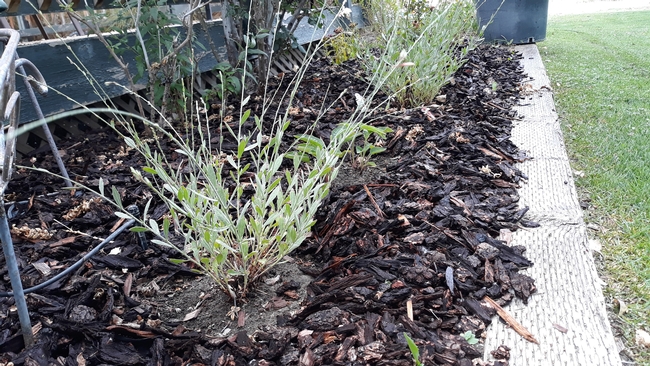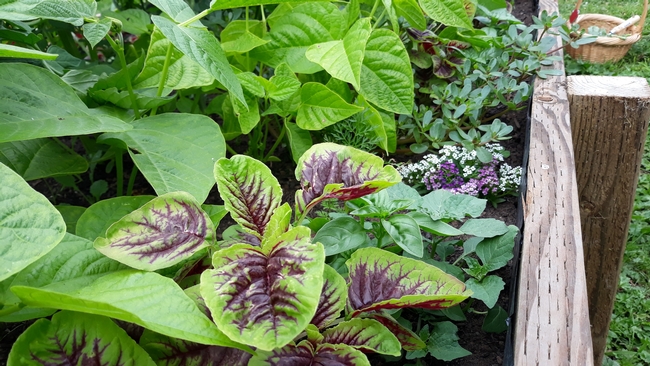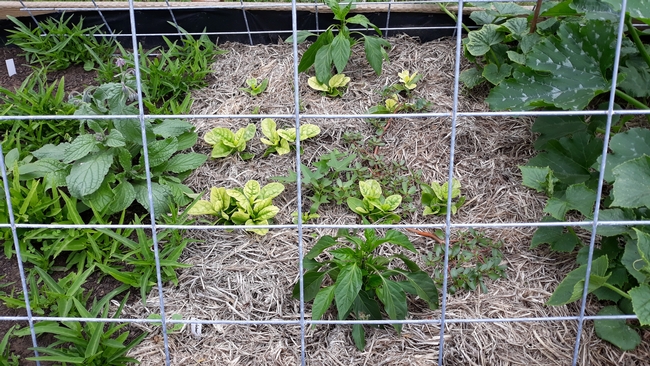A Living Mulch vs a Traditional Mulch Approach
Adding mulch to a garden is an efficient and easy way to improve your garden's quality and drought tolerance in our dry hot summers with low precipitation. Benefits of mulch include helping to prevent excessive evaporation and dryness by holding and maintaining moisture, keeping the soil underneath cooler for beneficial organisms, and reducing weed growth.

When spreading mulch material such as straw or wood chips, use a depth of 2-3 inches over the soil but keep a clear perimeter of 4 inches around the base of the plant so that the mulch won't rot or mold at the crown and possibly introduce disease. You may want to compost or fertilize the soil with slow release nutrients per treatment recommendations and water in prior to mulching.
A “living mulch” involves growing “fill in” plants either as a ground cover, cover crop or low growing plants that provide several purposes. A mixture of plants can grow longer depending on seasonal and zone (USDA or Sunset™)appropriate plant choices which can promote the overall health of the soil.
Plants produce sugars through photosynthesis and small amounts of these exude from the roots back into the soil. This process draws and concentrates microbes around the roots providing better access to nutrition for the plant, and can also improve soil structure and ability for rain permeation, deeper root growth, better water holding capacity, nutrient forming capacity and hummus formation, all which contribute to overall healthier long term soil building.

Of course weeds are weeds and you may still have to do some pulling, especially before they go to seed. However there should be much less weeding and you will have a nice variety of plants, edibles, soil builders and color.
You can find out more on several You Tube videos about living mulches if you're interested, but remember to use plants appropriate for the Great Basin and not coastal California for the best success.
If you have questions about mulch, living or otherwise, please contact our helpline at immg@ucanr.edu.
